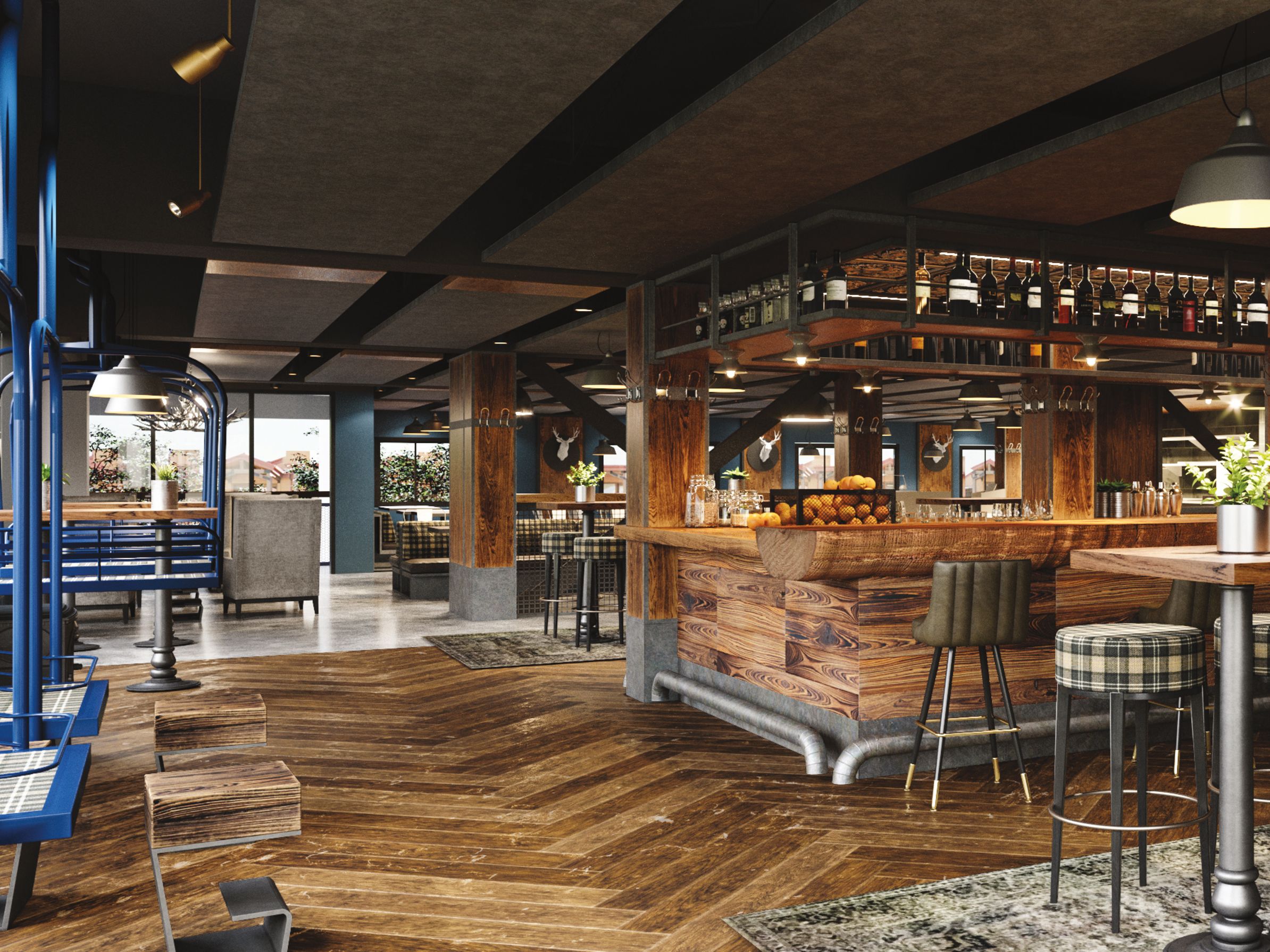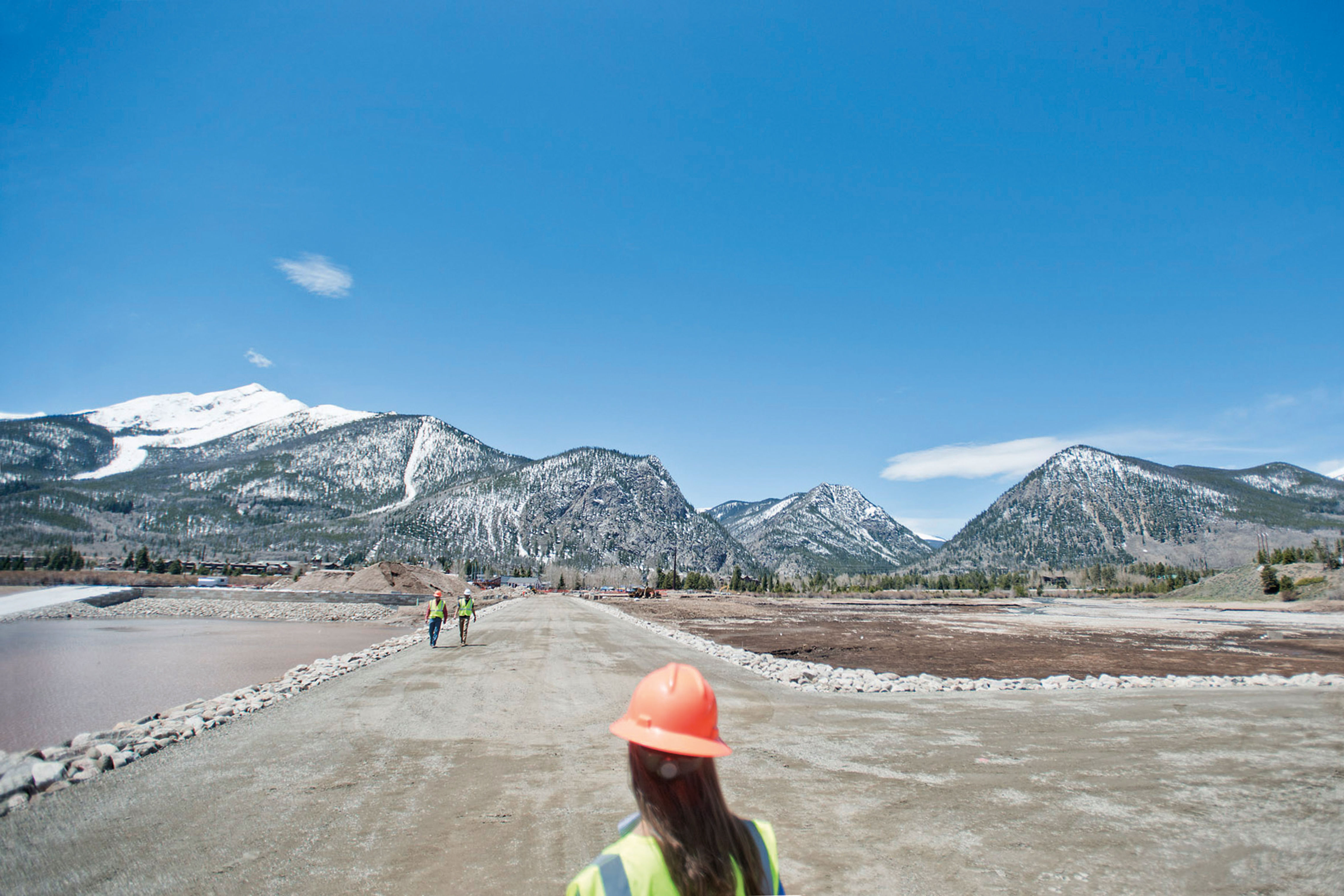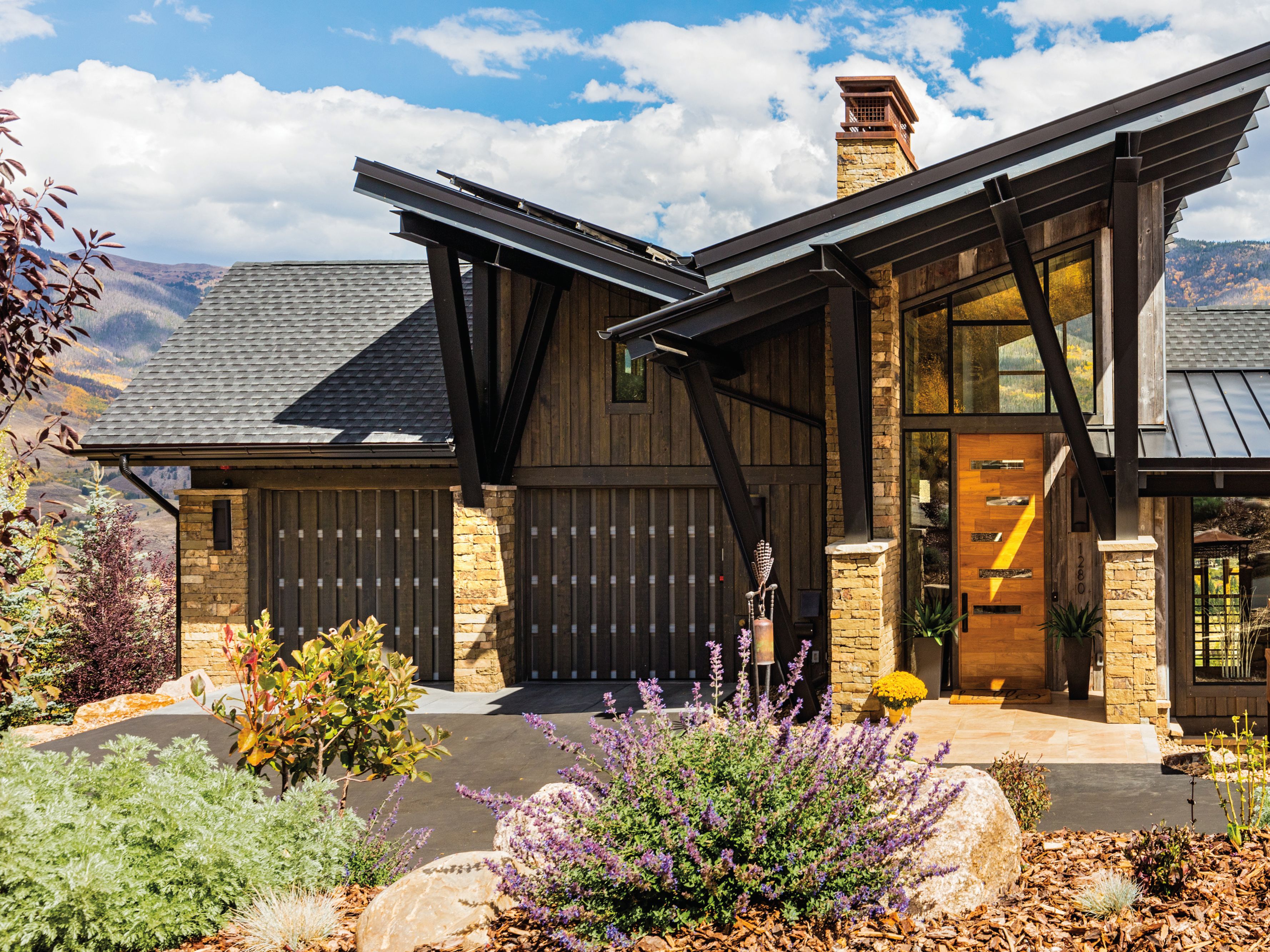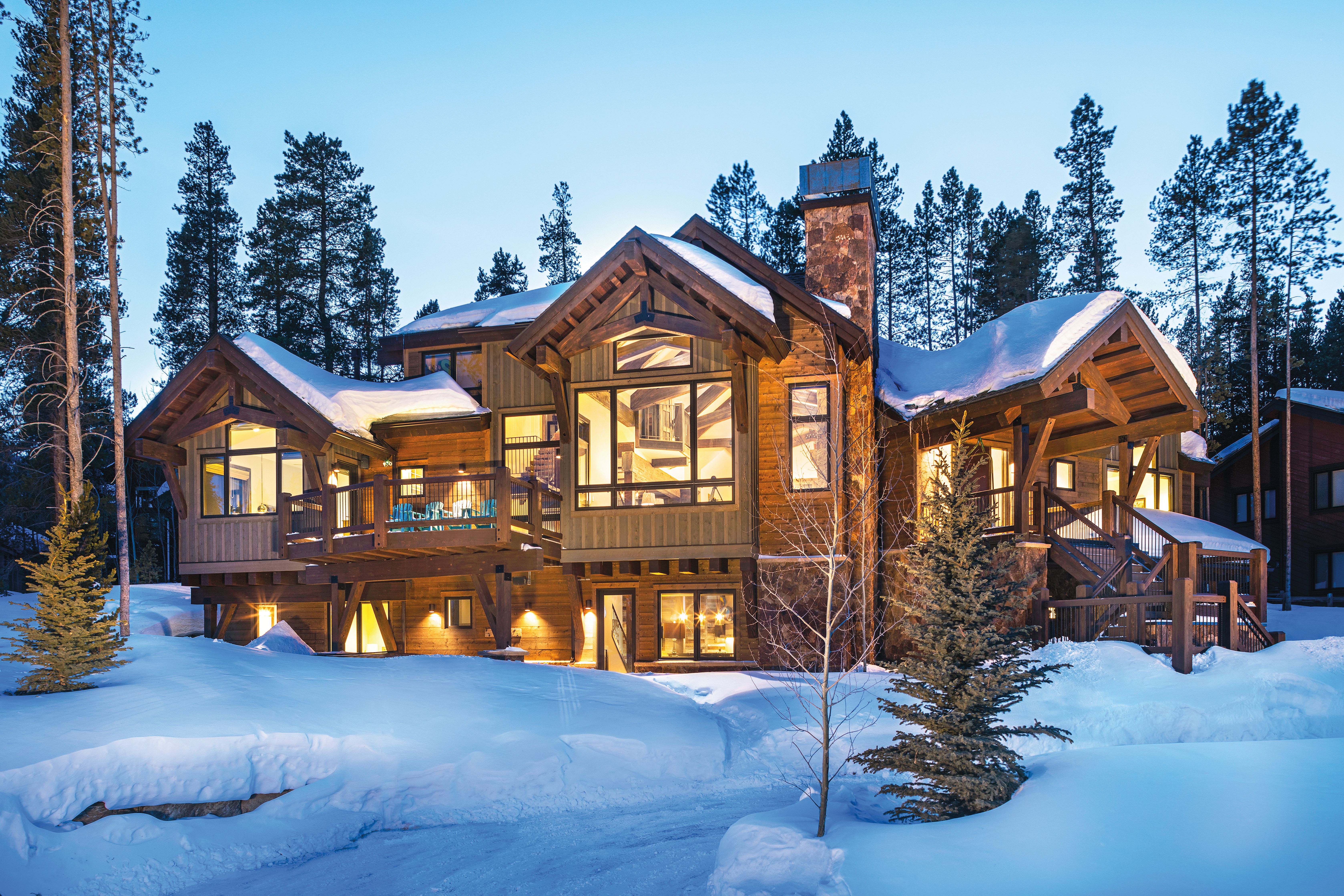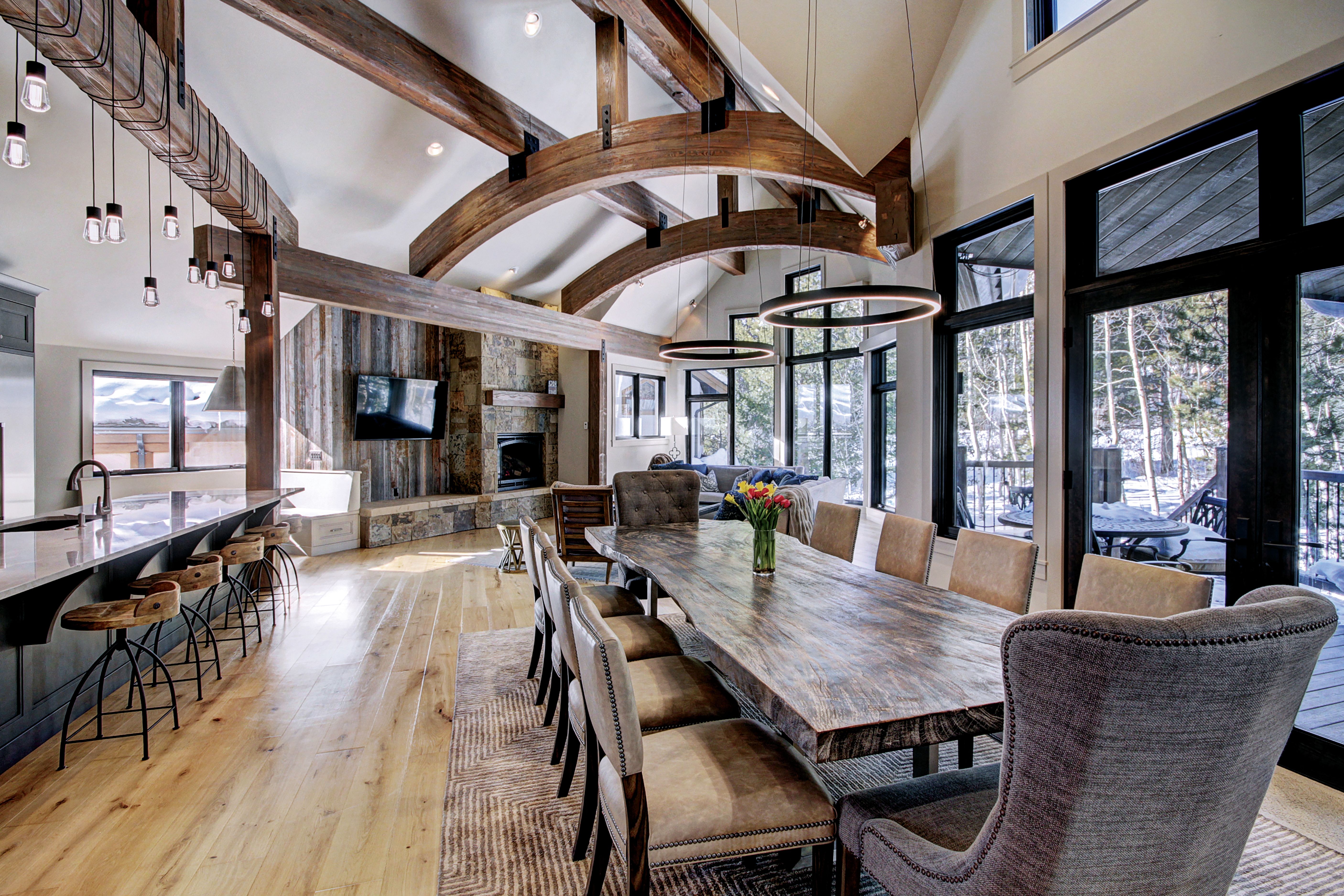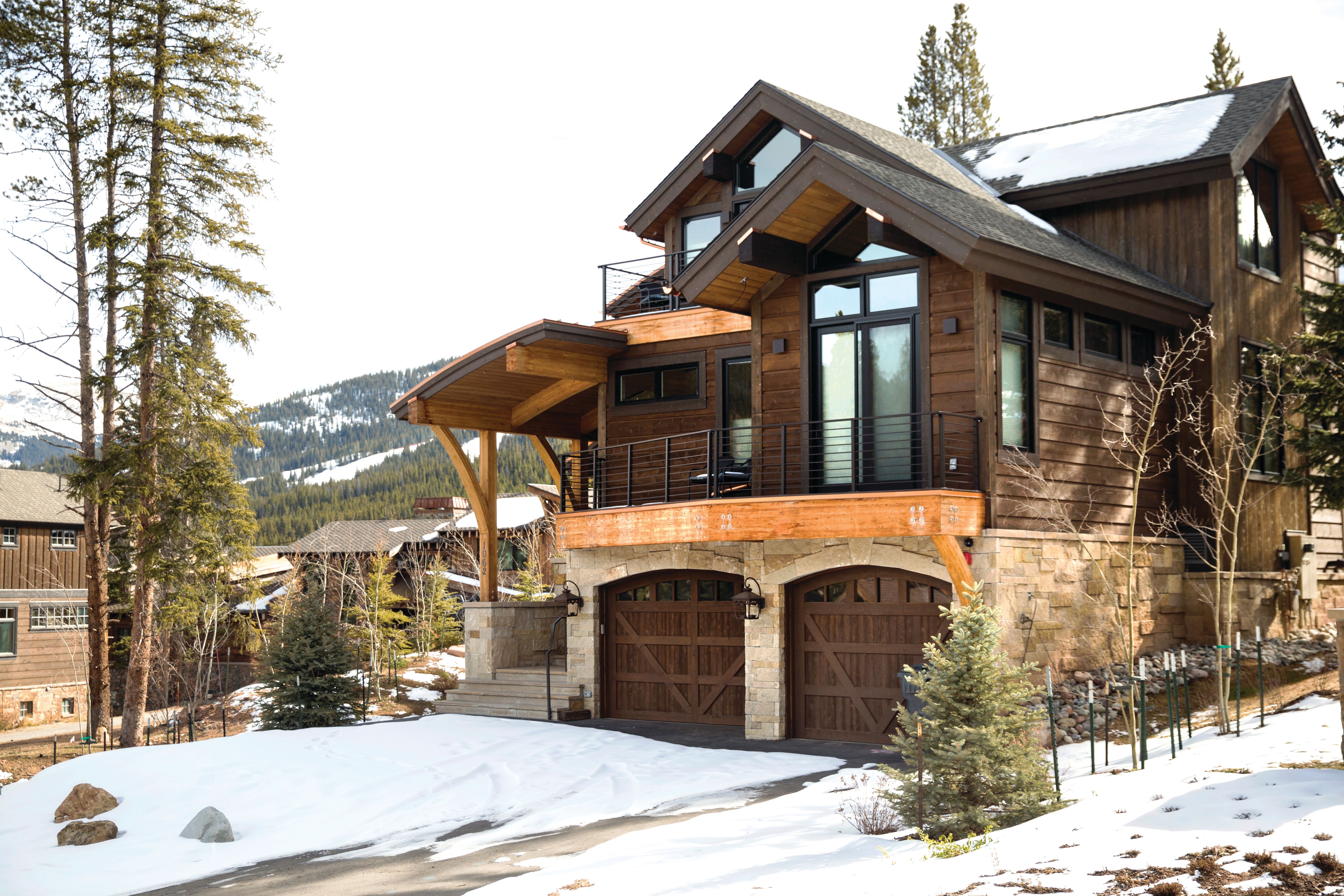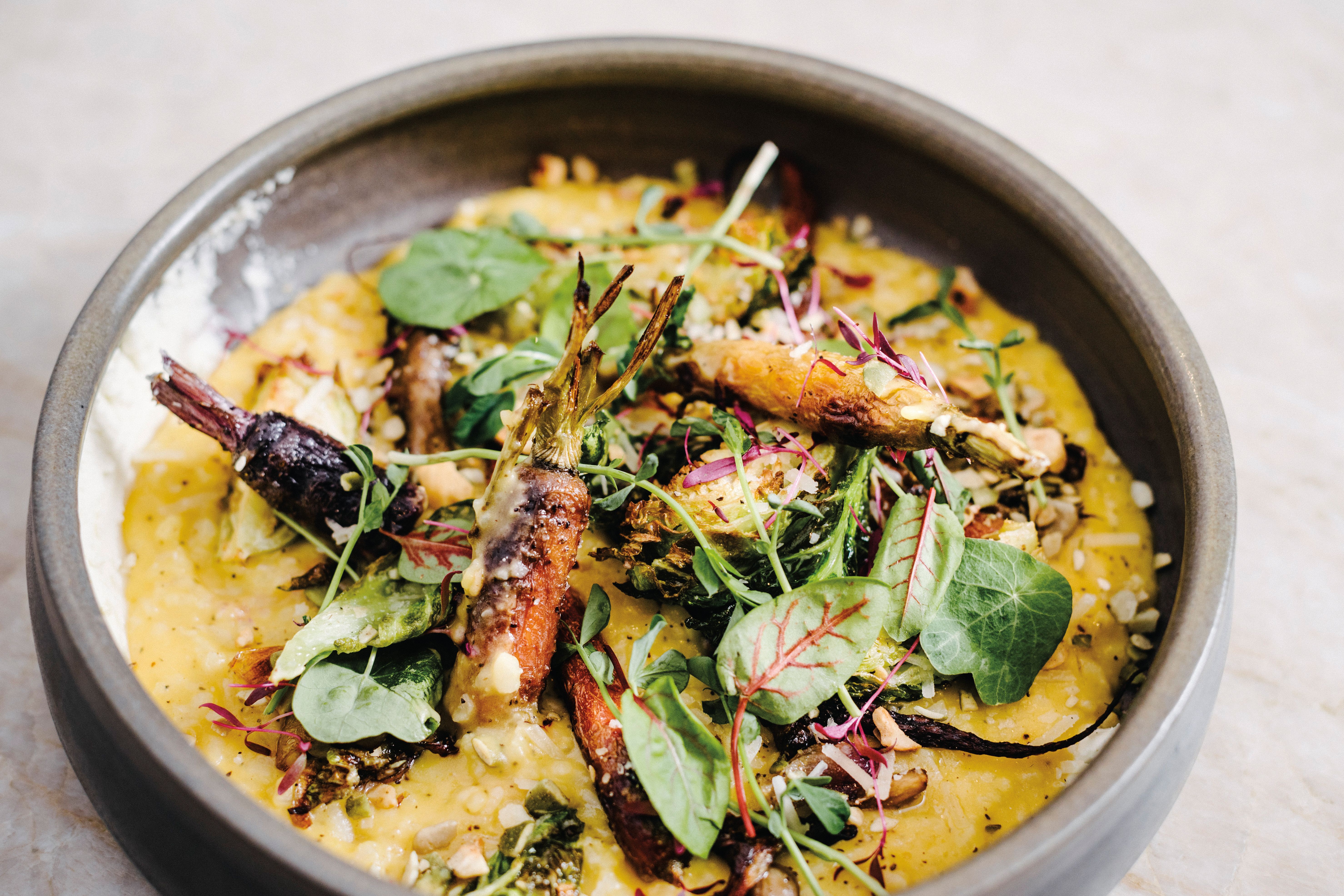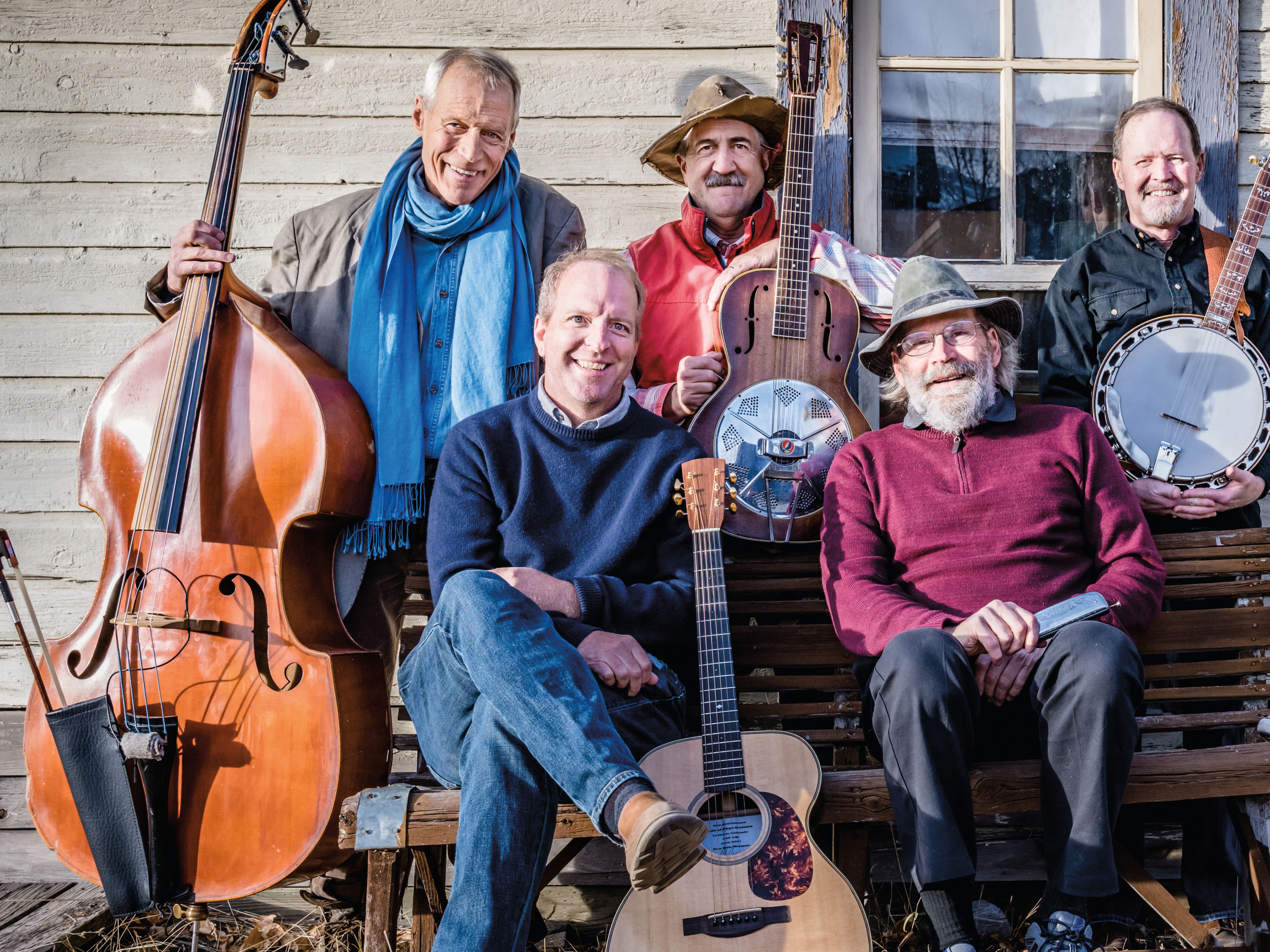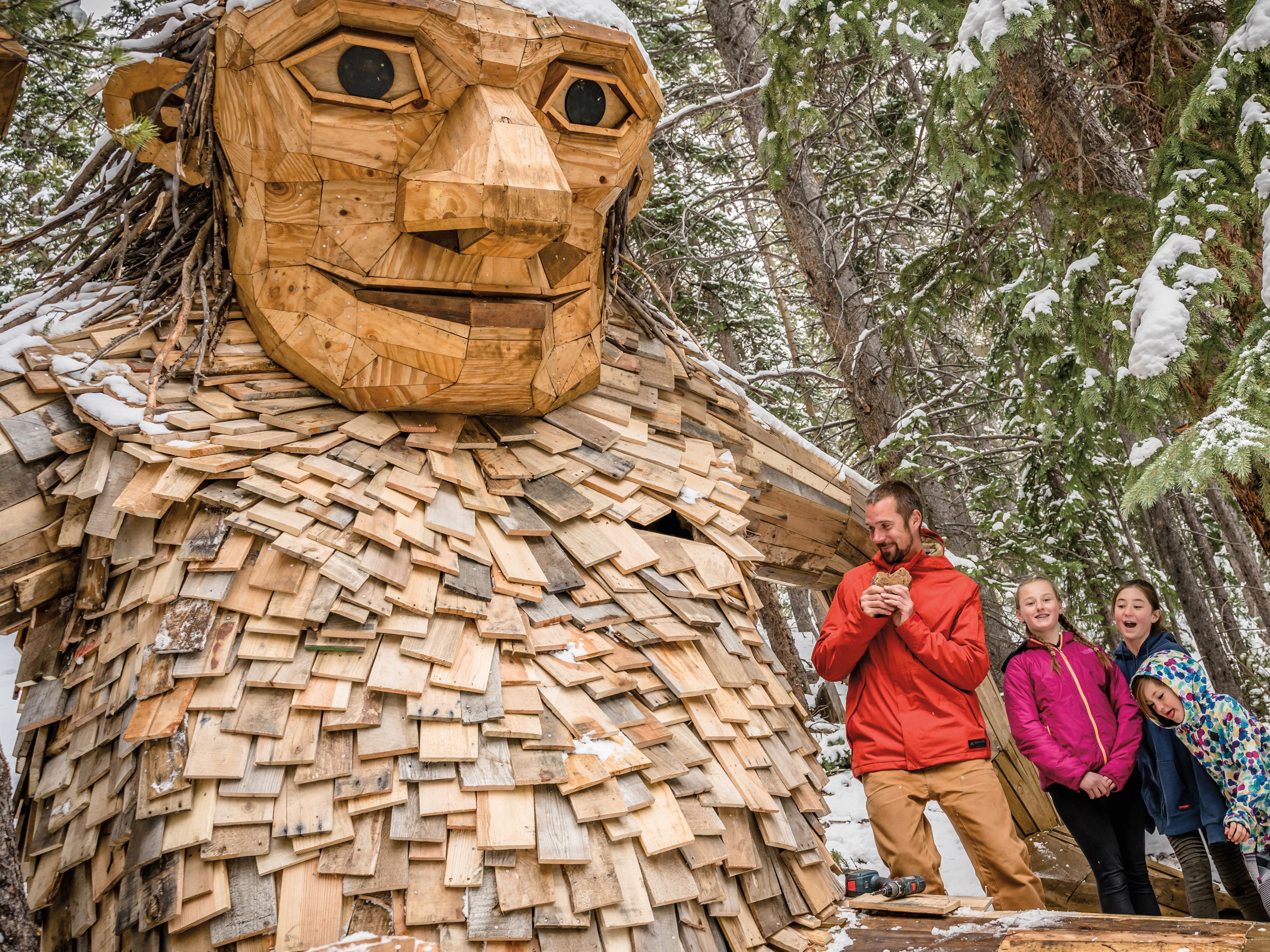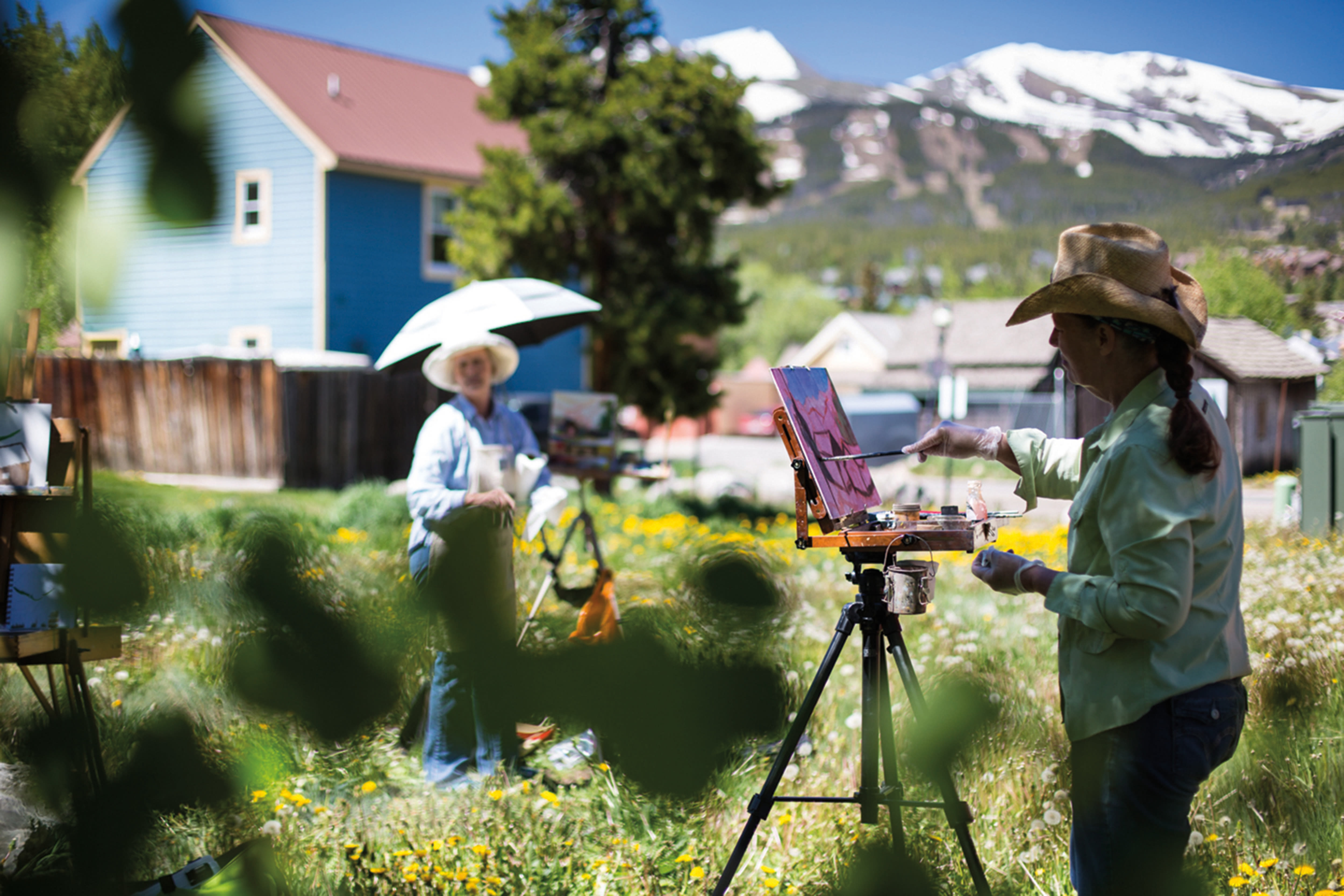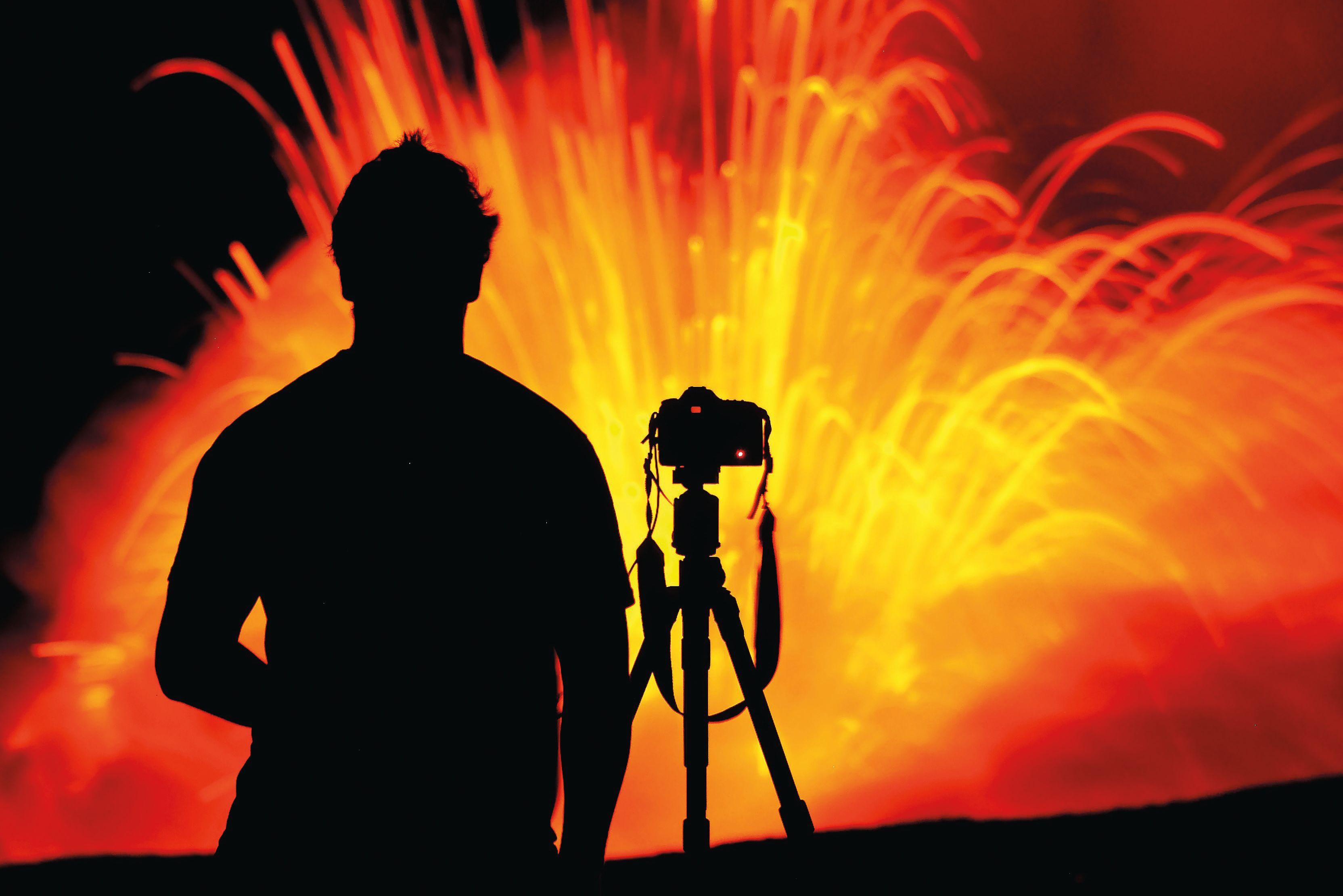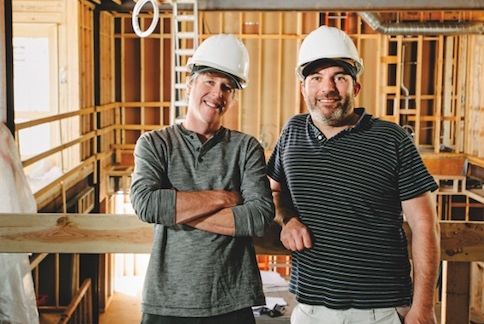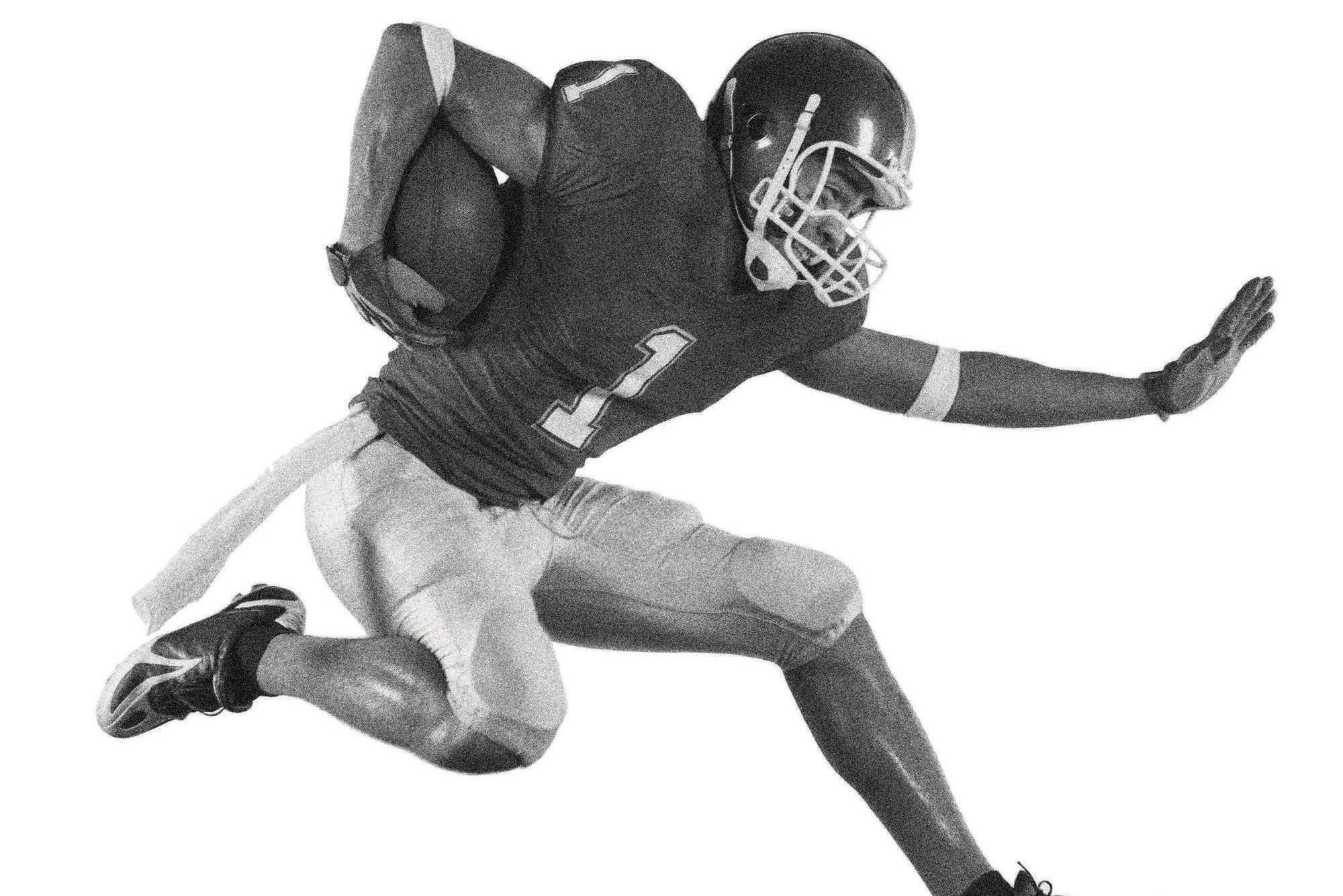Person of Interest
Market Driven
A tourism pro's odyssey from earning $5 an hour to managing a $5 million budget.
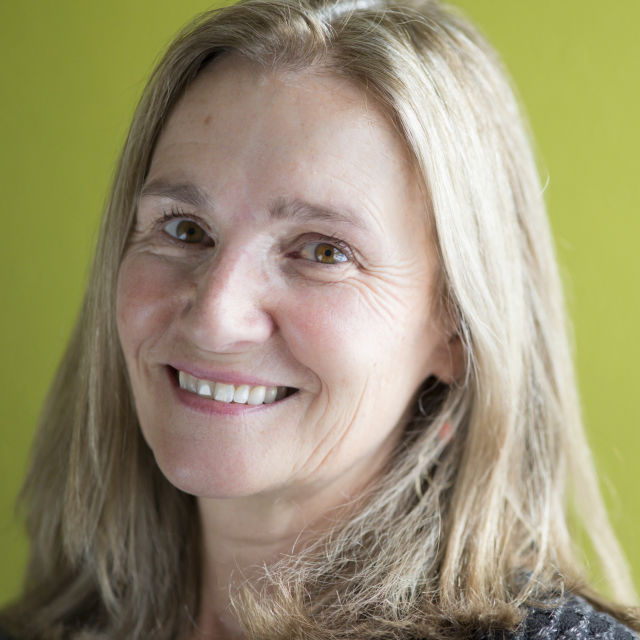
Lucy Kay grew up in Pittsburgh, attended the University of Pittsburgh, then decided what she wanted in life was no longer in Pittsburgh. So in the fall of 1980 she relocated to Colorado, where she took the first of a long and diverse line of jobs in Summit County: working on a construction crew, making $6 an hour. That led to a front-desk gig at Copper Mountain for $4.80 an hour and, subsequently, graduate school.
Yet instead of applying her master’s degree in international management in a faraway city, Kay returned to Summit and carved out a marketing career that has spanned Copper, Breckenridge, and Keystone, selling the resorts to the world at large. Two years ago, after a stint as Breck’s chief operating officer, Kay took the top job at the Breckenridge Tourism Office. Now she oversees a $5 million budget and is charged with filling the town with visitors in all four seasons—and not just any visitors, Kay will tell you, but those who are looking for precisely what Breck offers.
Here, Kay details how selling Summit has changed over three decades, which towns we compete with, and why traveling pales in comparison with coming home.
After graduating college, a friend and I threw our stuff in a car and started driving west. We ran out of money outside of Colorado Springs—we’d maxed out the credit card and had $23 between us—and debated whether to go to Telluride or Summit County. We didn’t quite know where Telluride was, and a friend had said, “If you get stuck, go to Summit County. There are four resorts, and you can get a job.” So we opted for Summit. Plus, I don’t think we had enough gas to get to Telluride.
My friend and I pitched our Kmart tent when we got here. We had job offers everywhere we went, but you couldn’t get housing. We lived in that tent for two or three weeks, until it ceased being funny.
Marketing changes weekly in terms of the tools and level of sophistication with how you can target people now, because people are very willing to put personal information in the social-media world—and then we can use that. And say, “OK, you drive a Subaru, you wear Patagonia gear, you’re a snowboarder and a mountain biker.” We can figure out where you shop online and figure out how to have our messaging there.
I’ve always had a very strong bias toward events, because they’re interactive and engaged. Look at something like the Dew Tour, all those kids sitting in Kansas watching Shaun White do his thing and saying, “Mom, I want to go to Breckenridge.” You can’t get that through an advertisement.
The idea is that our offerings are so diverse, there’s more to do here than you could conceivably do in a week. And that’s OK, because that’s what brings you back.
In terms of competitors, we look at Vail, Aspen-Snowmass, Steamboat, Whistler, and Park City. It’s not that I think customers are necessarily saying which one of these five are we going to go to, but we also look at them for best practices. And they do with us.
We get between 70 and 80 percent of our visitors from out of state. It always shocks people, but it’s been that way for a long time.
I never say goodbye to people when they leave. I think if you are drawn to this lifestyle, it trumps the extra money you might be able to make elsewhere. You have to make your own opportunity.
I love it here. I’ve traveled the world, and I could live in a lot of other places, but I always like coming home more than where I’ve been.

